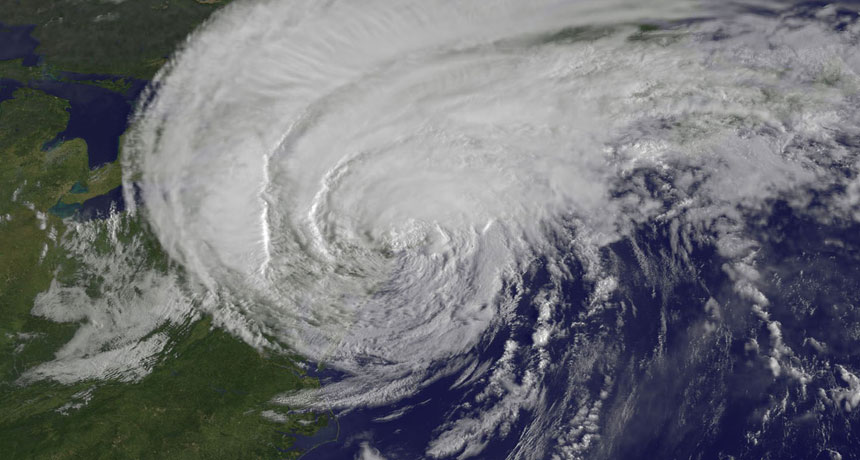Scientists Say: Hurricane or typhoon?
Depending on where it develops, the same storm can be described using different names

Hurricane Irene made landfall over New York City in 2011. If the same storm had headed toward Tokyo, it would have been called a typhoon.
NASA Goddard Space Flight Center







